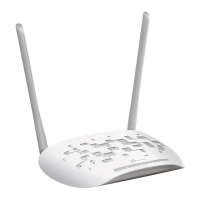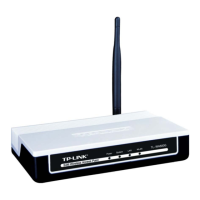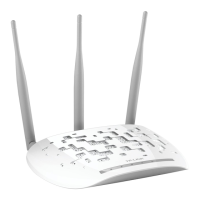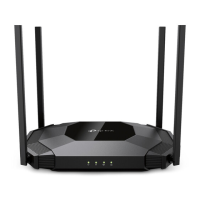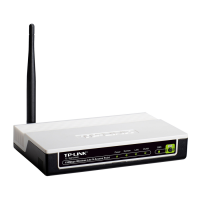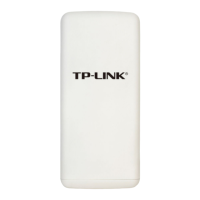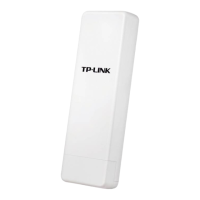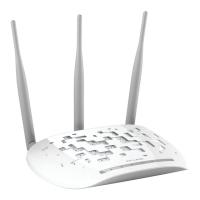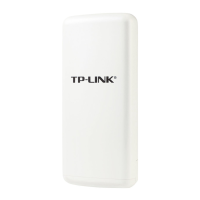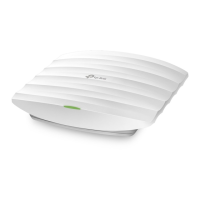TL-WA801ND 300Mbps Wireless N Access Point User Guide
Chapter 2 Hardware Installation
2.1 Before You Begin
Please read this User Guide carefully before installing and using the equipment. The operating
distance range of your wireless connection can vary significantly depending on the physical
position of the wireless devices. Factors that can weaken signals by getting in the way of your
network’s radio waves are metal appliances or obstructions, and walls. Typical ranges vary base
on the types of materials and background RF (radio frequency) noise in your home or office.
For best performance of your wireless network, you are suggested to:
1). Avoid redundant obstacles and interference between the wireless devices.
2). Keep your AP away from appliances with a strong electric field or magnetic field, such as a
microwave oven or refrigerator.
Place the AP near the center of the area in which your computers operates.
2.2 Basic Requirements
z Use only the power adapter provided with your AP
z The electrical outlet shall be installed near the device and shall be easily accessible
z Place your AP in a well ventilated place far from direct sunlight, any heater or heating vent
z Leave at least 2 inches (5cm) space around the device for heat dissipation
z Turn off your AP and unplug the power adapter in a lighting storm to avoid damage
z Web browser, such as Microsoft Internet Explorer 5.0 or above, Netscape Navigator 6.0 or
above
z Operating temperature: 0℃~40℃ (32℉~104℉)
z Operating Humidity: 10%~90%RH, Non-condensing
2.3 Connecting the Device
Figure 2-1 is an example of the typical application of TL-WA801ND in the infrastructure network.
An Infrastructure network contains an access point or a wireless router.
5
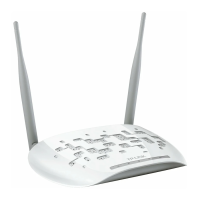
